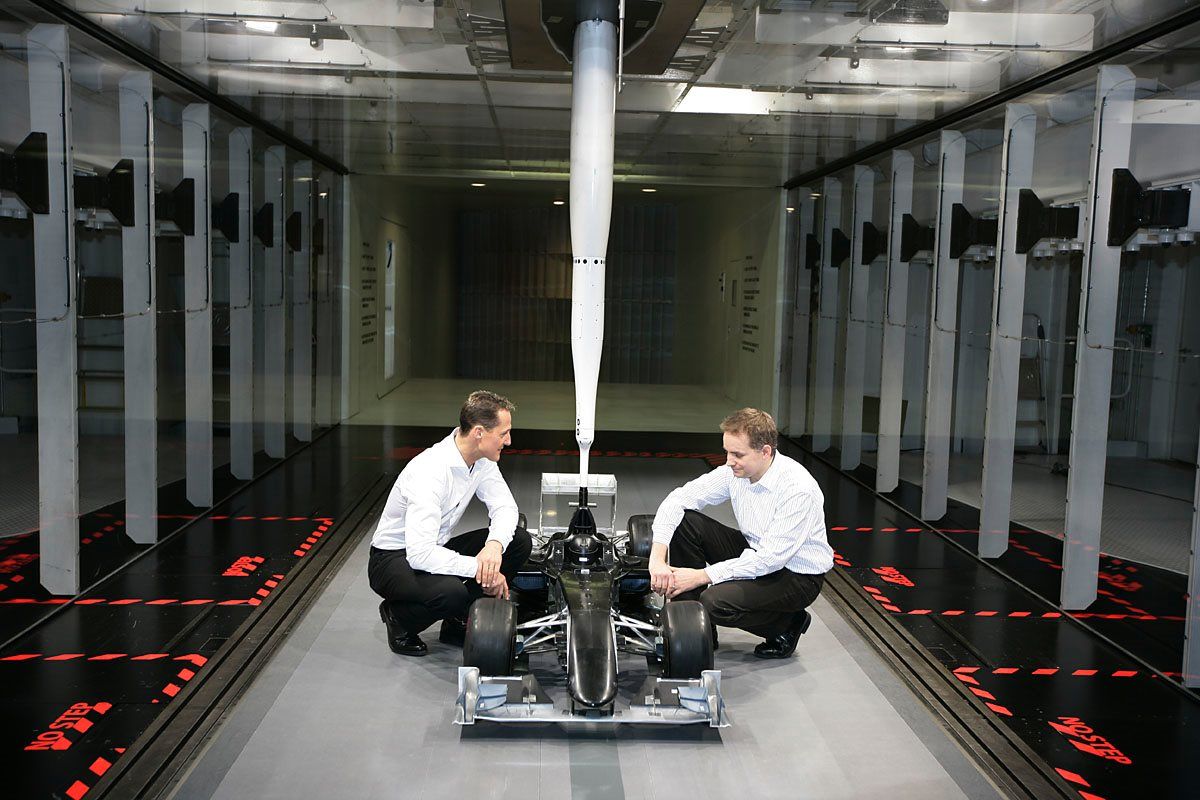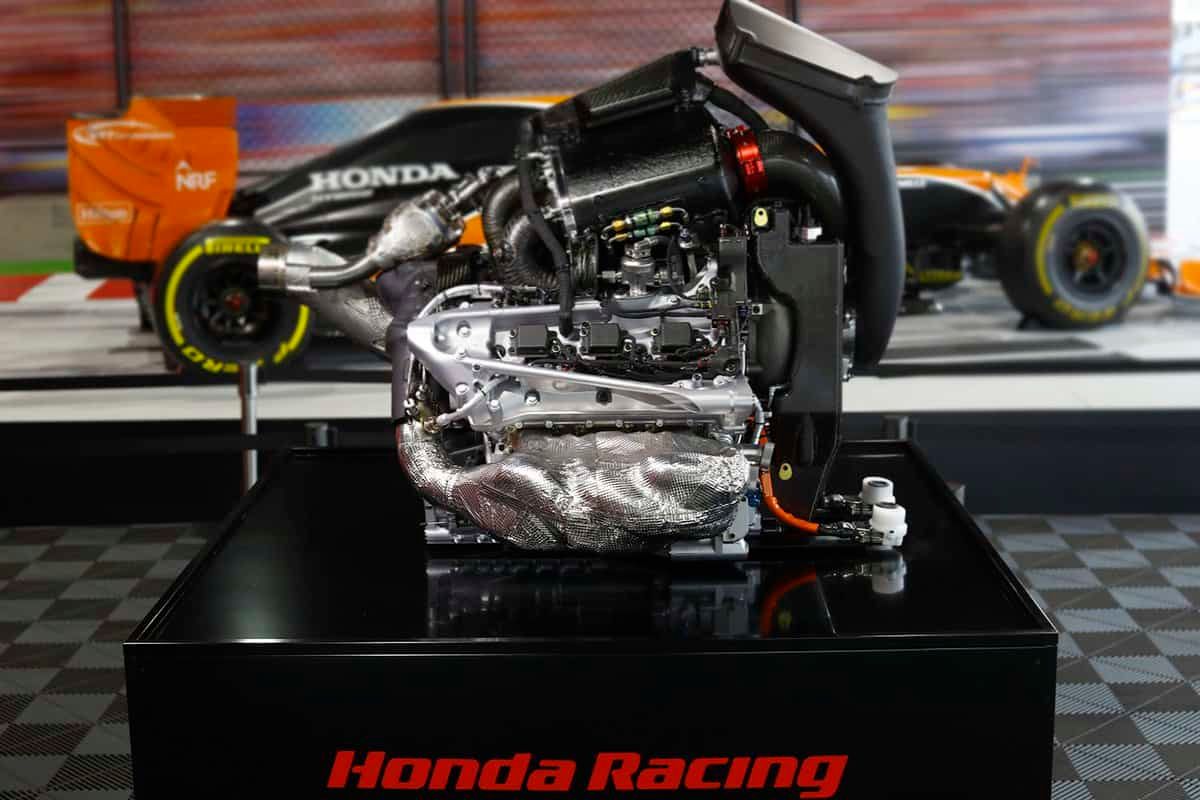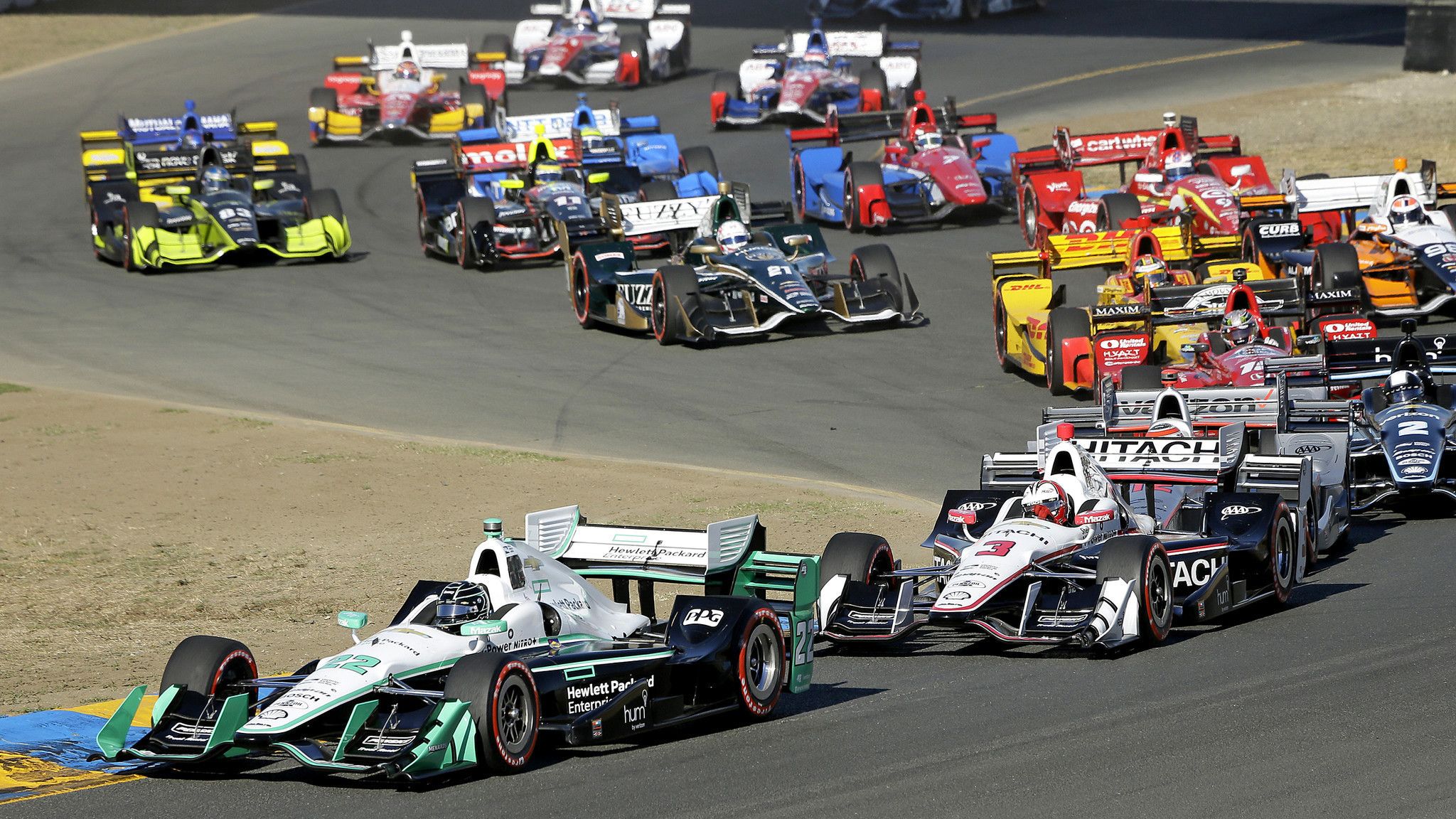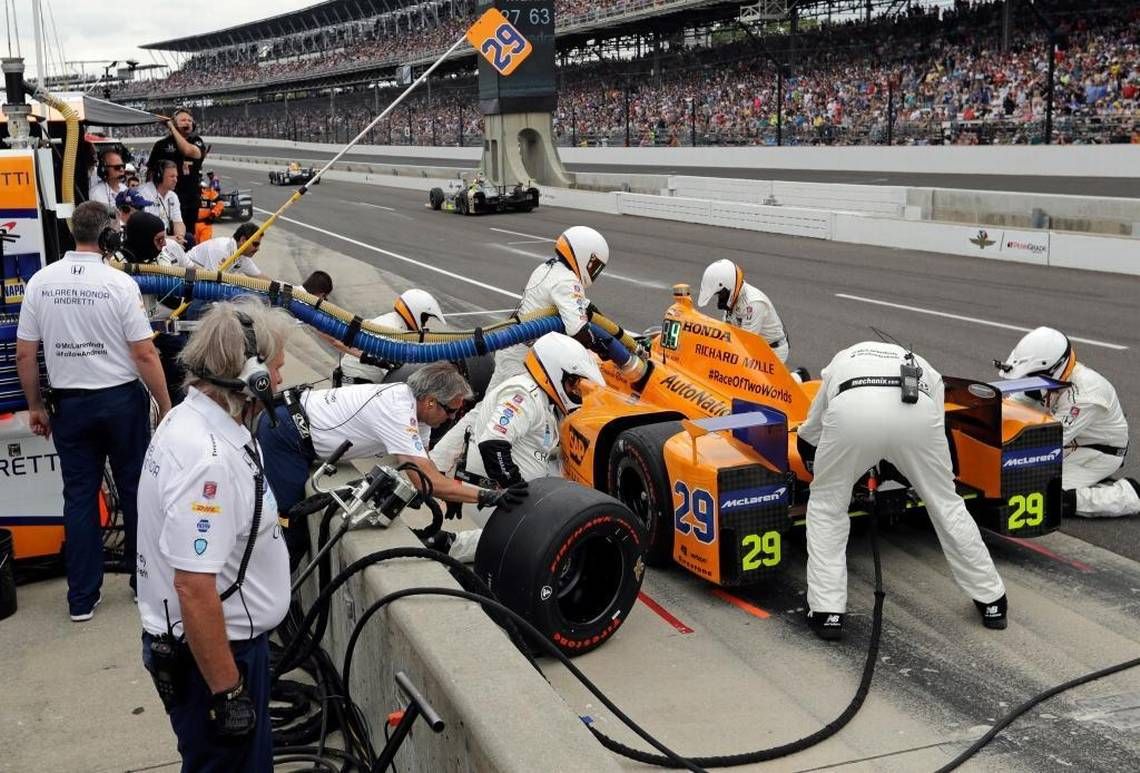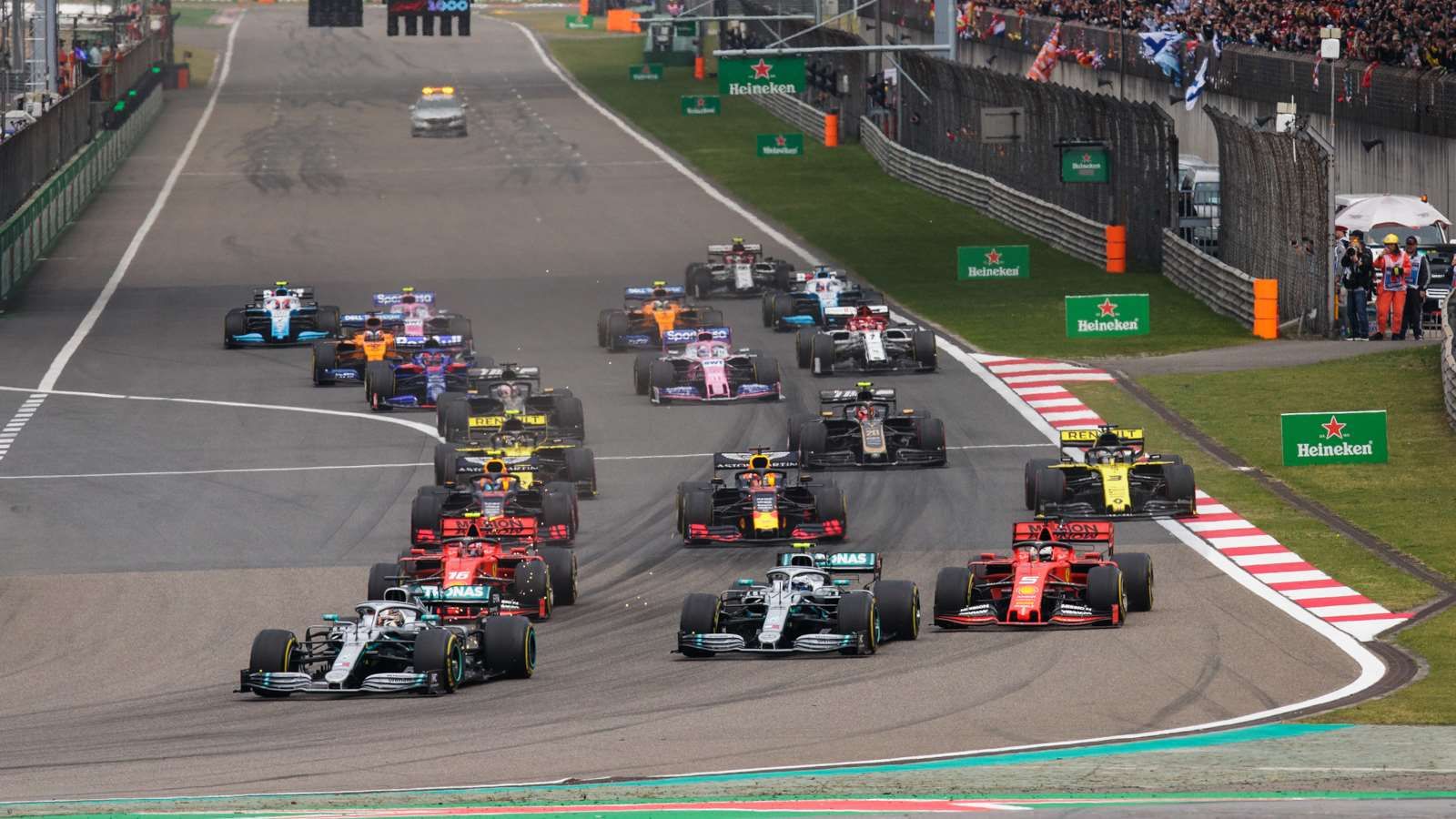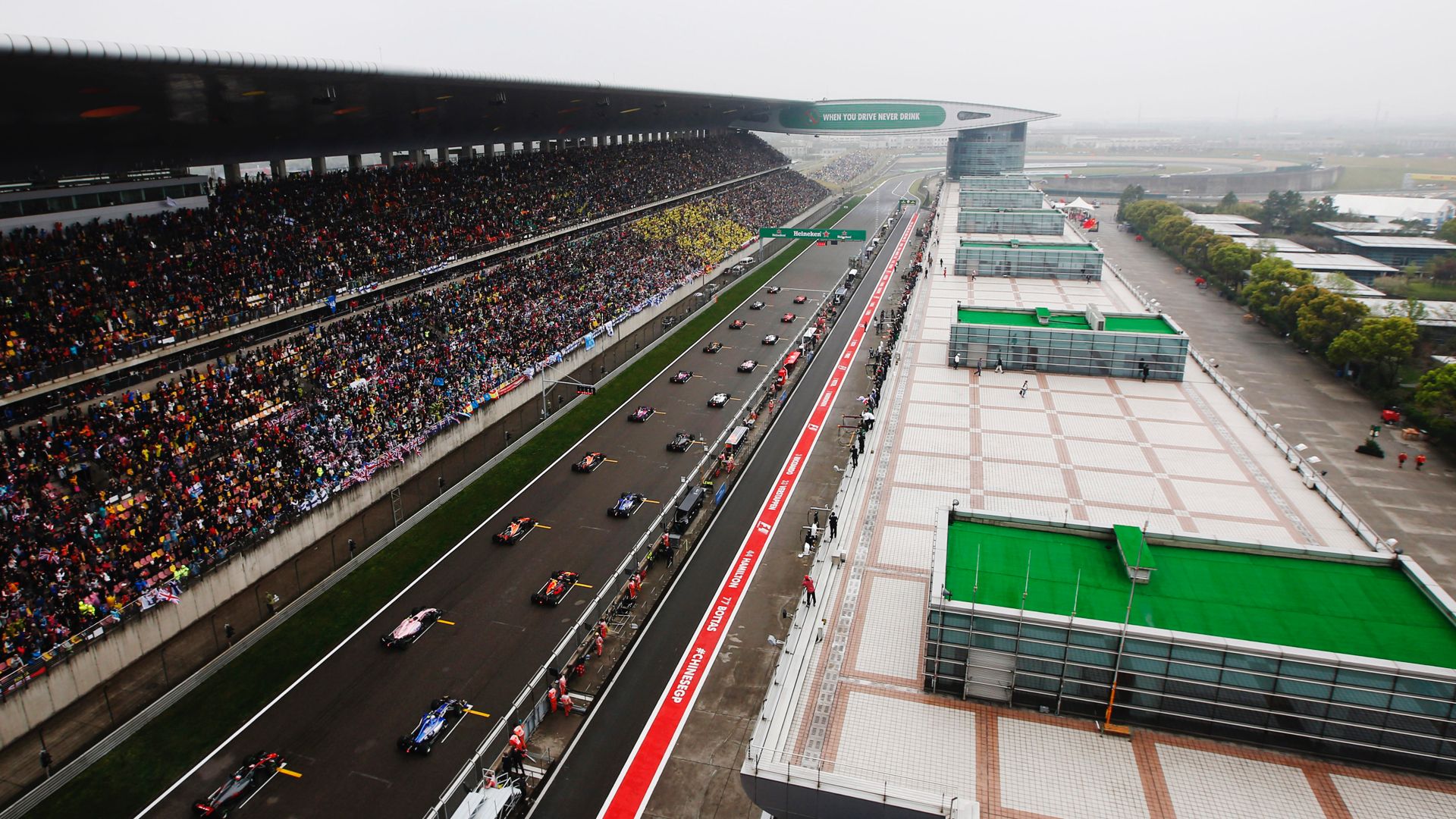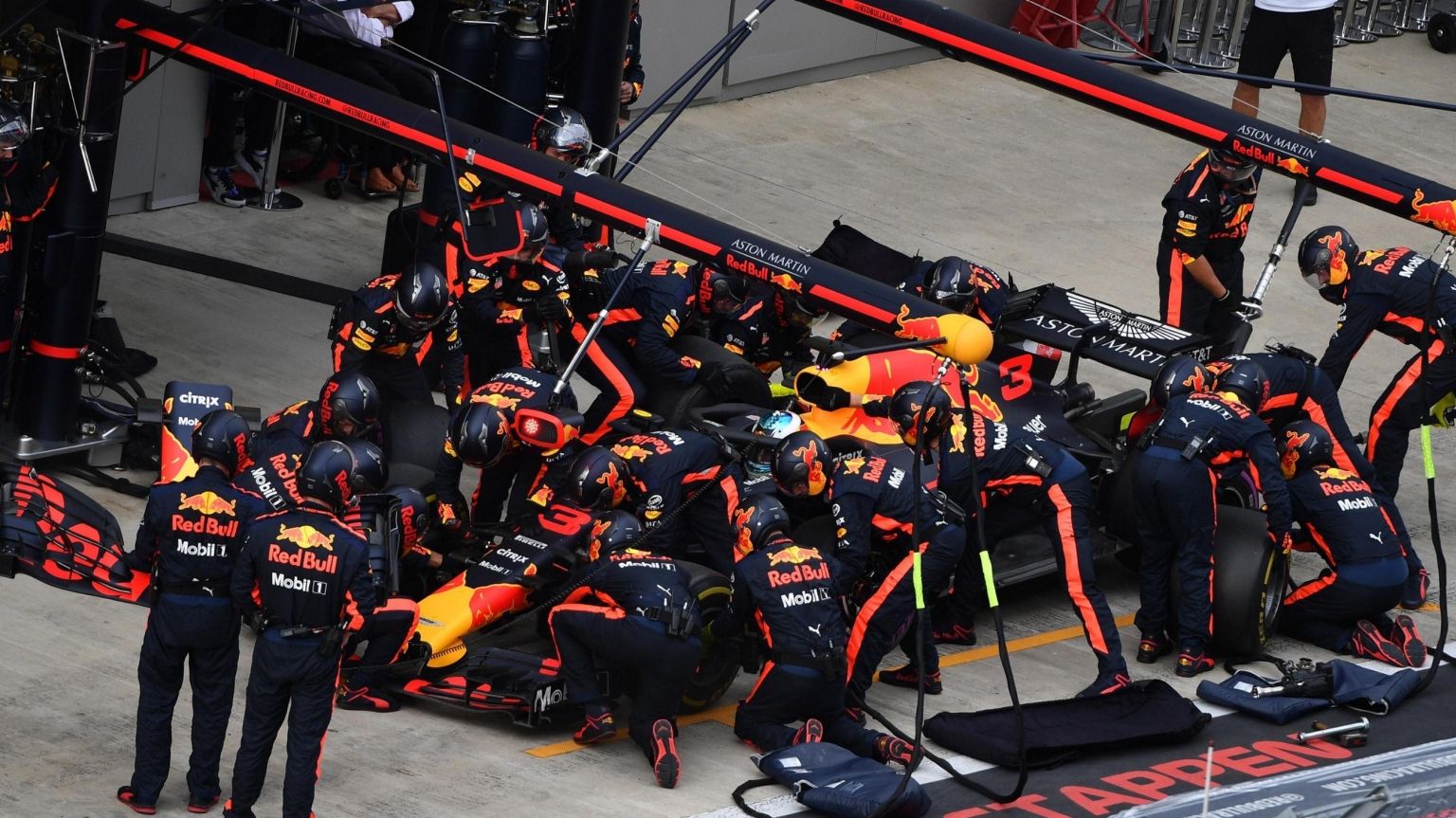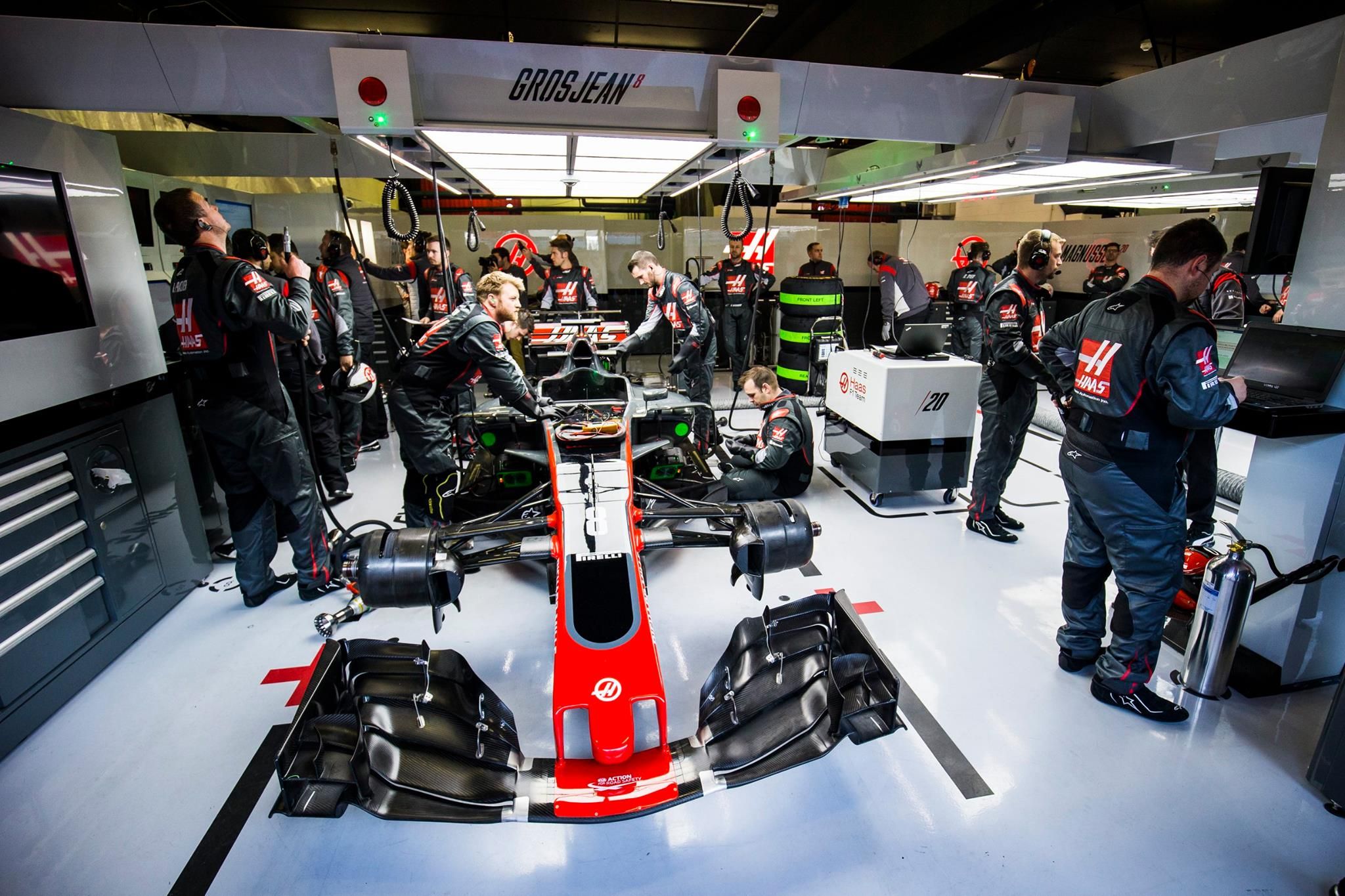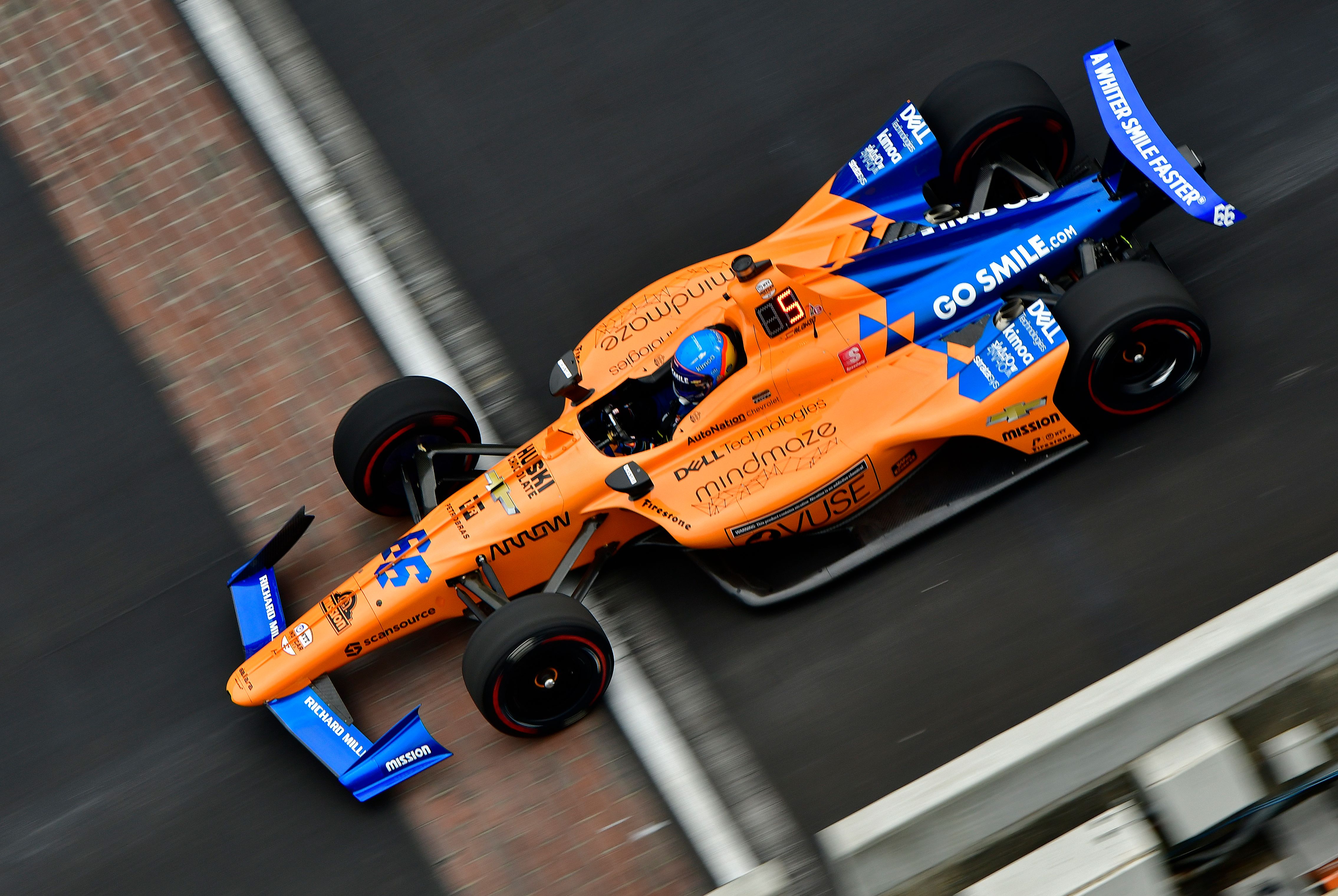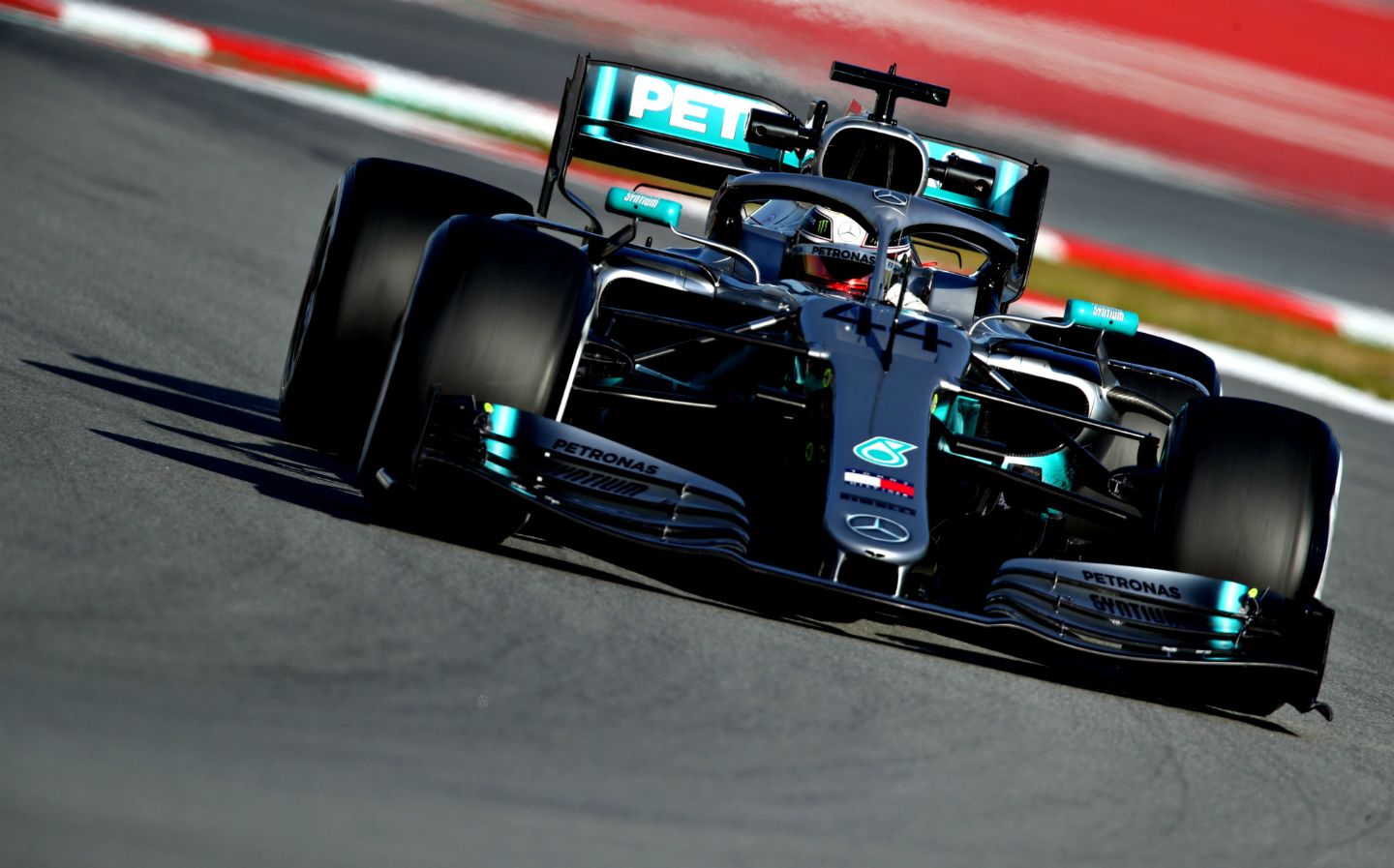For thousands of aspiring racers, their goal is to get a seat in the pinnacle of motorsports: Formula One. Others, however, dream of another route. While the idea of GT racing and motorcycles has its allure, the closest thing to F1 is the North American IndyCar series.
Although these two racing series are considered "the best of the best," they have significant differences. Not only are they vastly different cars, but they also vary in countless other ways. To illustrate this, here are ten key differences between Formula One and IndyCar...
10 10. Development
While both Formula One and IndyCar spend millions of dollars and their best minds on creating their cars, the difference in outcome between the two is palpable. IndyCars are quick, no doubt, however, F1 is on another level overall.
Both series use wind-tunnels and testing for each season, but IndyCar doesn't match up with F1 in terms of money spent, use of resources, facilities, development time, and so on. This fact does not detract from IndyCar, though, as nearly every car in that competition provides a great show with impressive aerodynamic capabilities.
9 9. Engine Manufacturer
As mentioned beforehand, the two series differ greatly in terms of development. This is partly due to the rules and regulations behind engine manufacturers. In Formula One, teams can develop their own engines (as long as it follows F.I.A. standards) or purchase one from another source. Meanwhile, IndyCar is forced to use either Chevrolet or Honda for theirs.
As you can probably see, the limitation on engine makers is twofold: it limits development/cost for teams and, and it equalizes the field (to some extent). With less overall engine manufacturers, the racing can definitely be closer.
However, it could also hinder a sport like F1, where teams such as Ferrari and Mercedes thrive off their power sources and budget. Regardless of your preference, each regulation makes the series unique in comparison to each other.
8 8. Locations
Formula One often prides itself for being a "World Championship" in both constructors (teams) and drivers. They do this for good reason, as they do travel most of the world throughout a single season. IndyCar, on the other hand, most stays in North America.
Similar to location-specific racing series like Supercars, Super GT, BTCC, and so on, IndyCar is considered an American sport. After all, most of their sponsors are American and a lot of their teams are the same. Even so, something similar could be said for F1, as most of their drivers are European and several of their races take place in Europe.
Either way, location factors in a lot when considering everything from drivers, sponsors, races, rules, and many more for both series.
7 7. Refueling
Since 2009, the act of refueling a car mid-race has been banned in Formula One. The same thing, though, cannot be said for IndyCar. Even today, refueling is a large part of both racing and qualifying in IndyCar.
Toto Wolff, an ex-Formula One racer, was allegedly against the decision. Others, however, argued that it was a dangerous practice, especially after the many disasters that had taken place. IndyCar, on the contrary, has managed to make it a safe practice with minimal failures. Although, it seems Toto was correct in some regards, as refueling does take a lot of time during stops
6 6. Races
The differences between these two competitions don't just end at development and rules, but the races themselves, as well. While F1 races are usually limited to no more than eighty laps (depending on the track length), IndyCar can go for as much as 500+ miles.
As stated before, the location of these races vary, too. However, both share a commonality in terms of venues for their races. Each has a vast selection of road course and complex circuits, but, despite that, Formula One does not race on oval courses (at least, not full ones). This, in turn, is the perfect segue into the next topic...
5 5. Tracks
Leading off from the differences in races, a key part of that distinction is due to the types of tracks they compete on. Even though both series have a good bit of street circuits and road courses, IndyCar is the only with an oval setup. In fact, the oval is home to IndyCar's most famous race: The Indy 500.
Interestingly enough, Formula One once raced at the same historic Indianapolis 500. This was back before 2007 until, inevitably, F1's higher-ups decided that Indy wasn't the perfect venue for a result. Since then, no F1 track has had much of an 'oval' setup at all.
The oval, although, does provide some great racing. The best of which being the coveted Indy 500: High stakes, 200+ miles-per-hour driving, and close racing are just some of the spectacles associated with a good oval race.
4 4. Pit Stops
Another aspect where IndyCar and Formula One are different is in their pit stops. Each series has unique strategies and rules along with their pitting procedures that influence their speed, effectiveness, and overall race strategy.
Once again, refueling becomes another important part. F1 doesn't refuel, so their stops are much faster than IndyCar. Also, Formula One can have several teammates working on the car at once, while IndyCar is limited to just six. To add to this, IndyCars have built-in jacks to lift up the vehicle during stops. However, F1 doesn't, so crew members is designated to lift the front/rear of the race car.
3 3. Costs
There's a famous saying involving motor sports: if you want to become a millionaire in racing, start as a billionaire. Clearly, this is a reference to the extreme cost associated with everything in racing, whether it be driving, managing a team, or following the sport.
Even though each form of racing can be very costly, each has a stark dissimilarity when comparing overall cost spent by teams. F1 stands at the top of the list, with some teams like Mercedes and Ferrari spending over $400 million during a single season. In contrast, IndyCar spends hundreds of thousands to millions, although not as much as F1 in the grand scheme.
2 2. The Cars
What truly separates sports like IndyCar and Formula One isn't just how difficult those industries are to join, but how awe-inspiring the race cars are. The thing that really gets people watching is a good looking show and even better looking cars.
Not only are the cars outstanding in regards to their exterior, but they also perform at the top of their level. Their high-tech aero systems, intense R&D (Research and Development), mind-blowing speed all come together to make what we see today. Nonetheless, an F1 car is very different than the standard IndyCar in all of these aspects.
The best part, though, is that, each an every year, engineering gets better and the cars get quicker; regardless of which one you follow.
1 1. Performance
More often than not, Formula One has been called the "pinnacle of motorsports." For all intensive purposes, they're not wrong since Formula One is both the most costly motorsport, most engineered, and with the most on-paper achievements. Compared to IndyCar, F1 can dust them any day.
An F1 car can take some serious punishment. Usually, they rev to over 11,000 R.P.M.s while topping over 374 K.P.H. Not to mention they can take a corner like Spa's Eau Rouge flat-out. This doesn't mean that an IndyCar is useless, though, as an IndyCar can still put out some serious performance figures. Especially in regards to top speed on oval tracks like Indianapolis.


